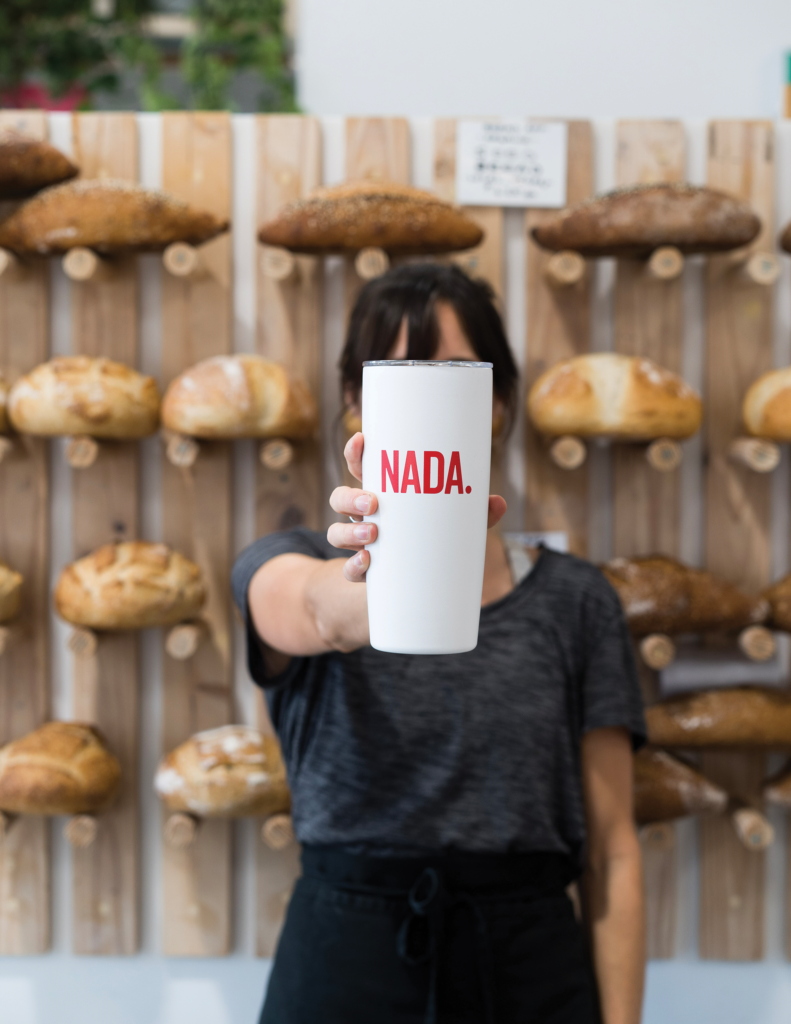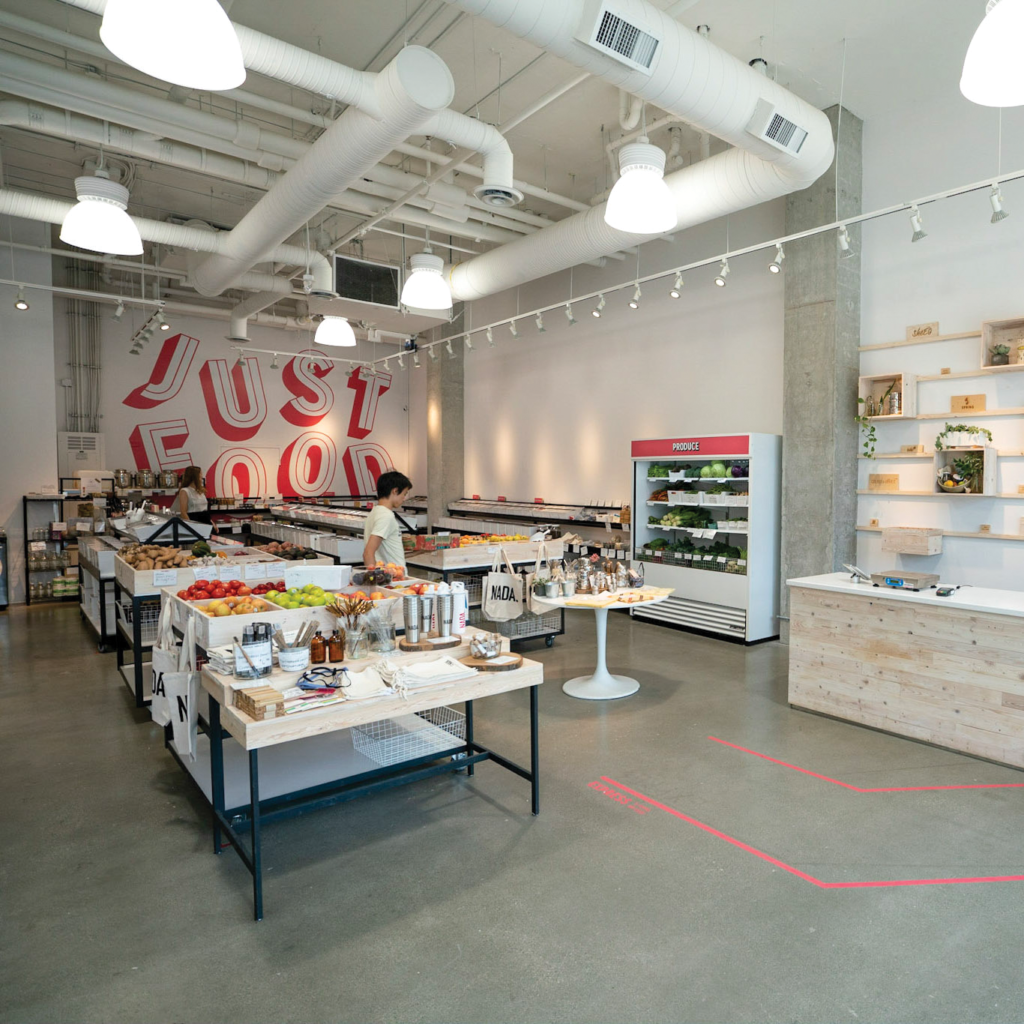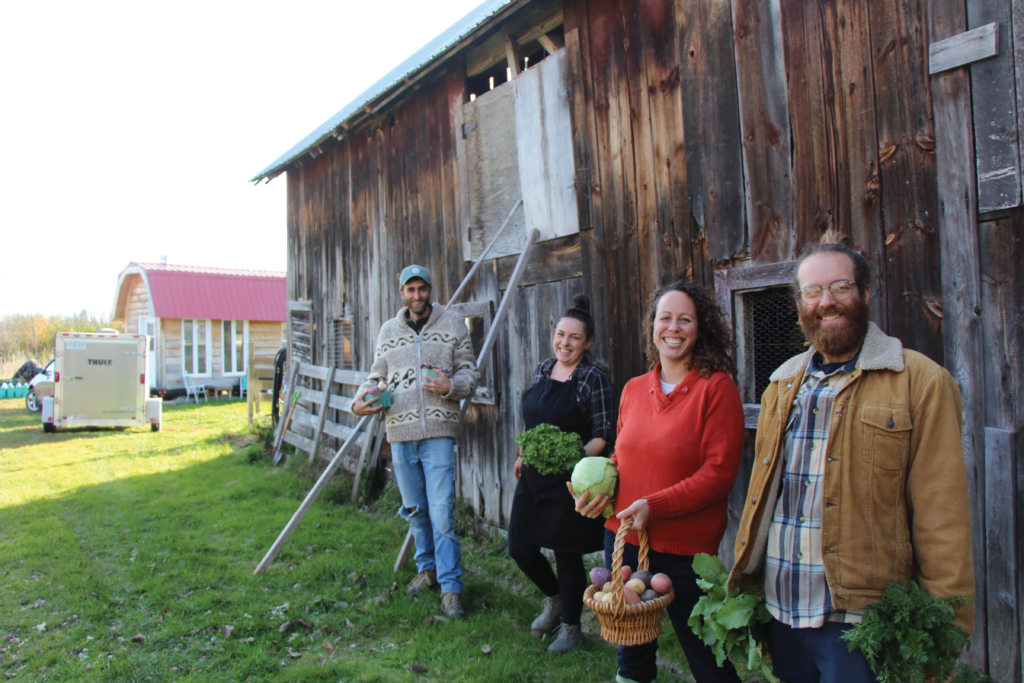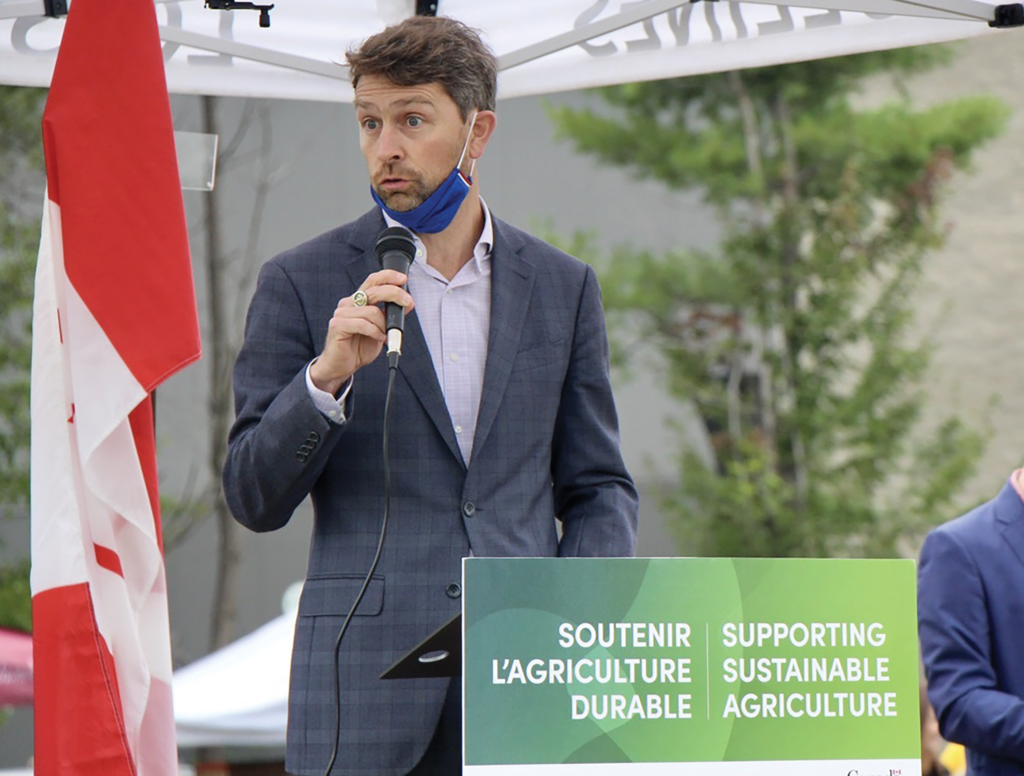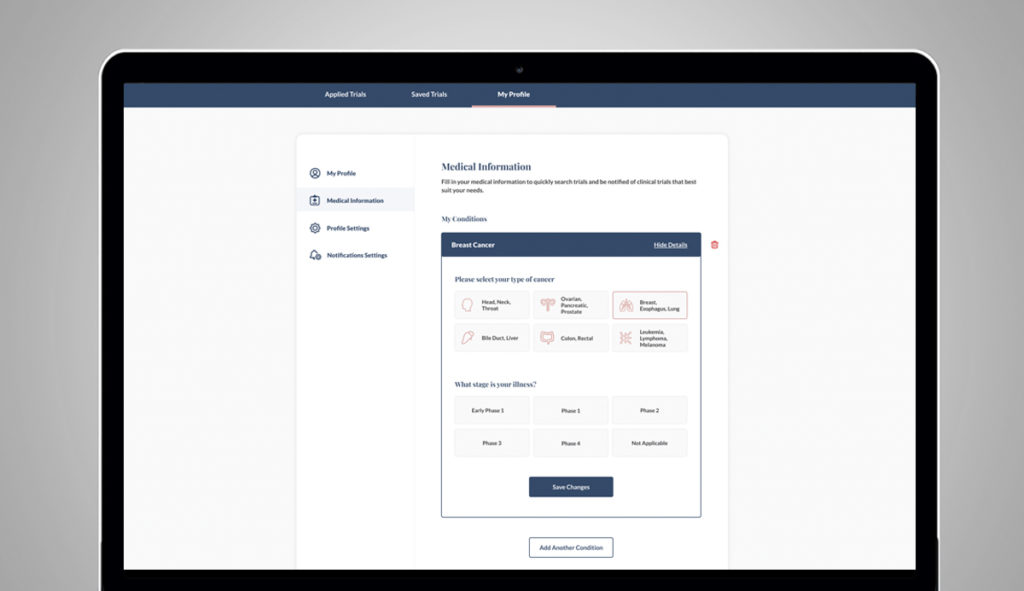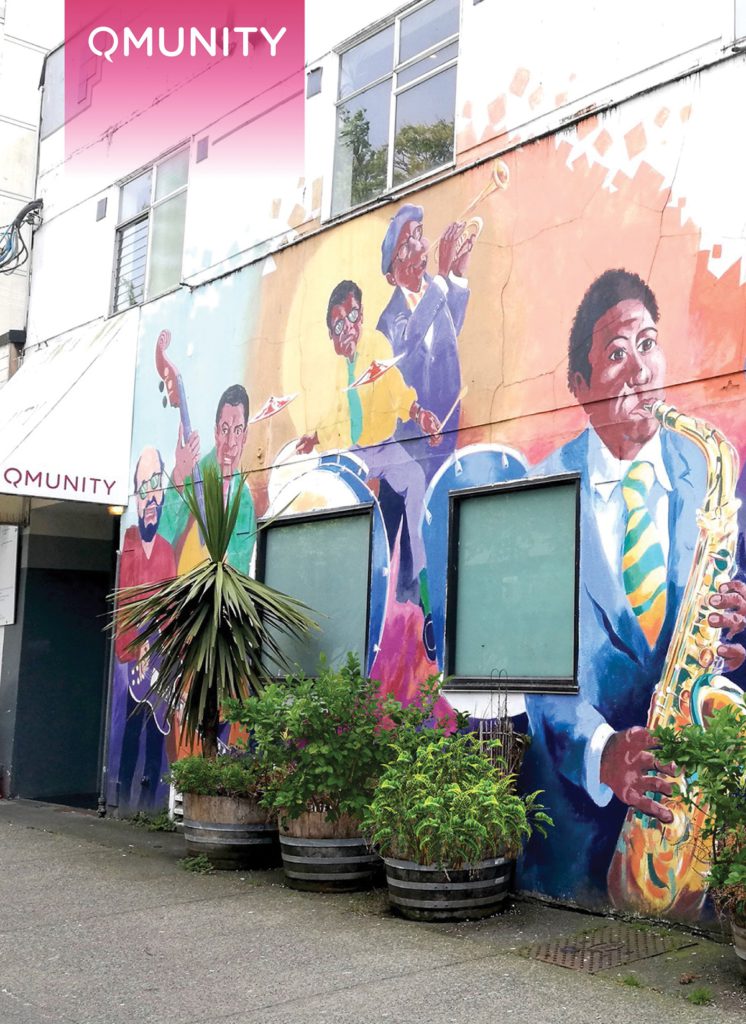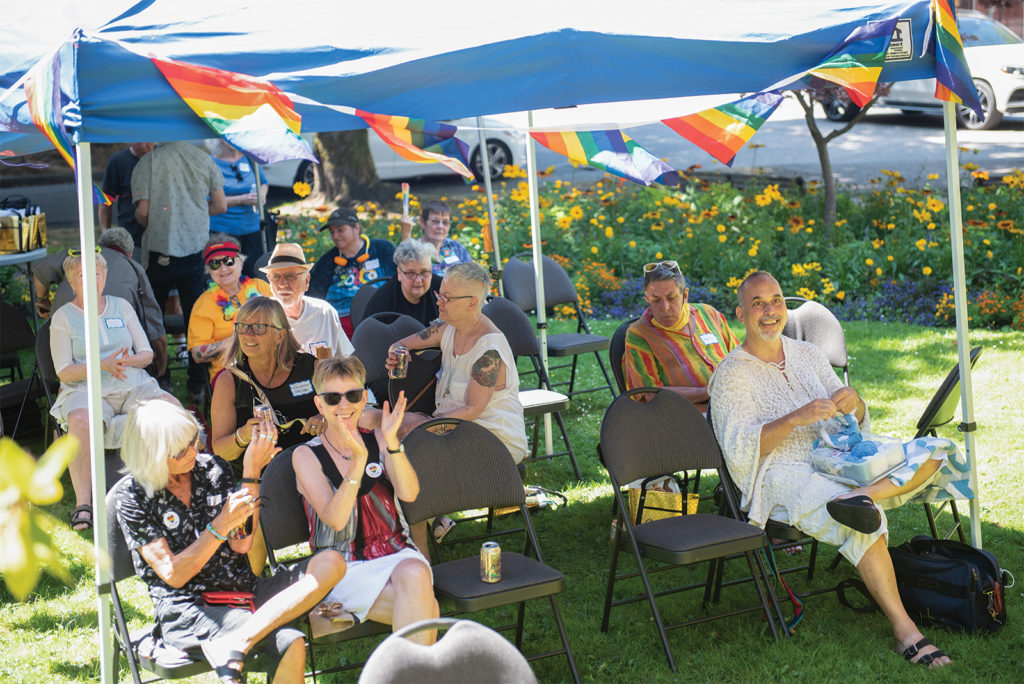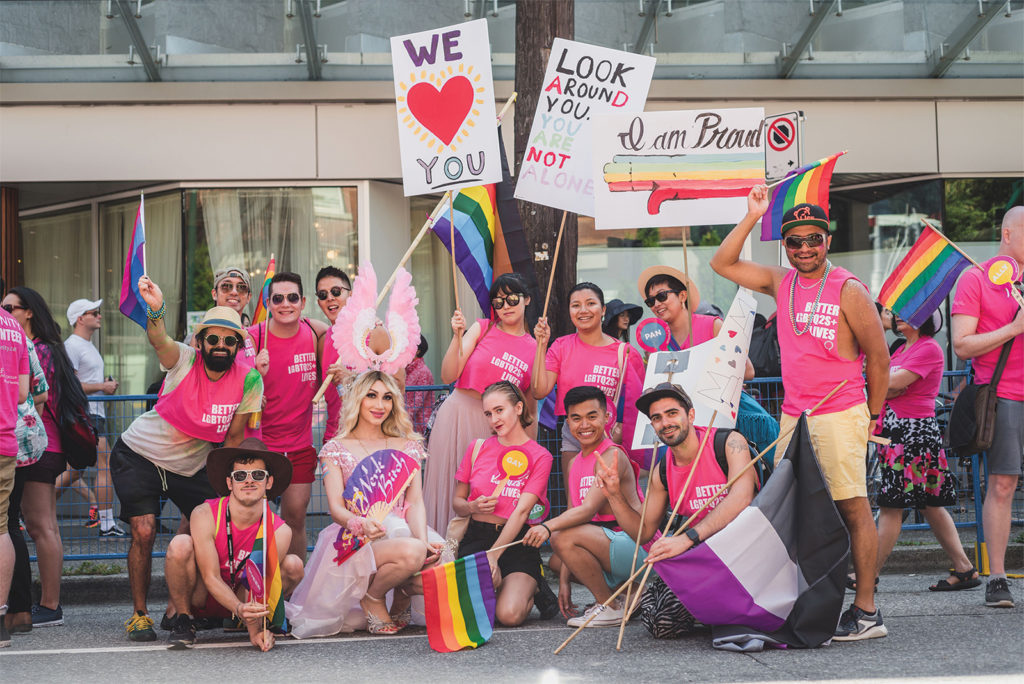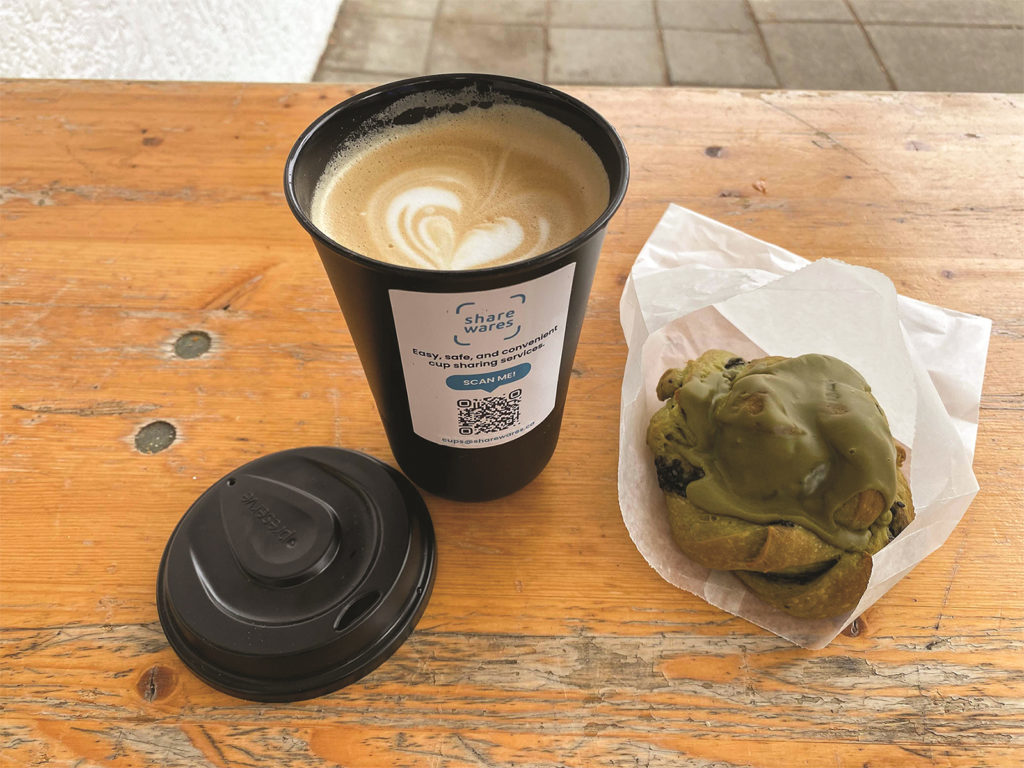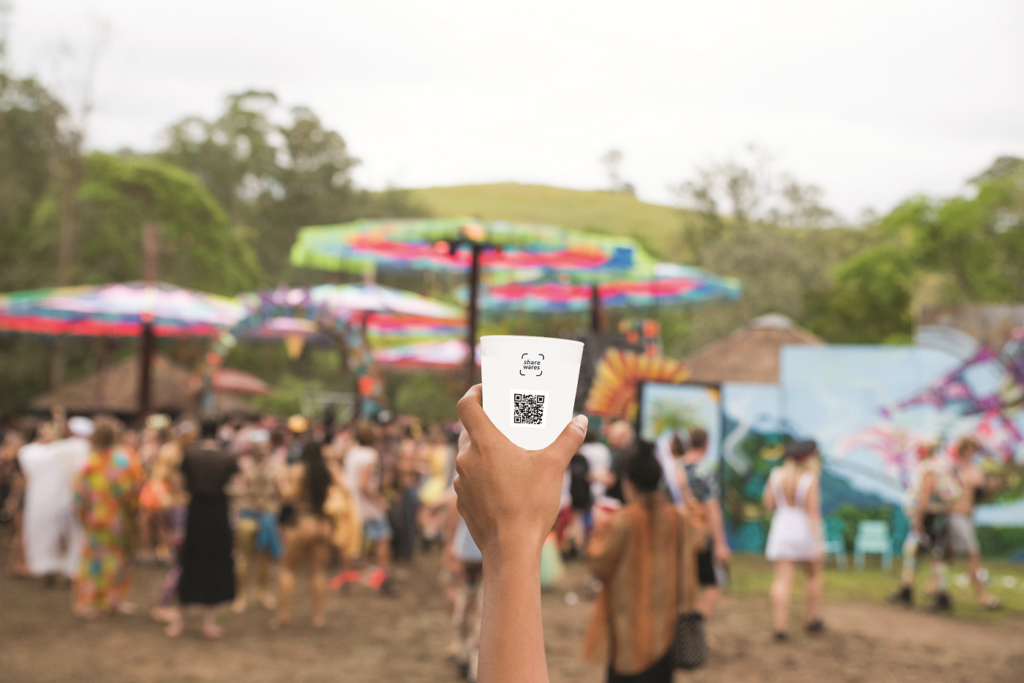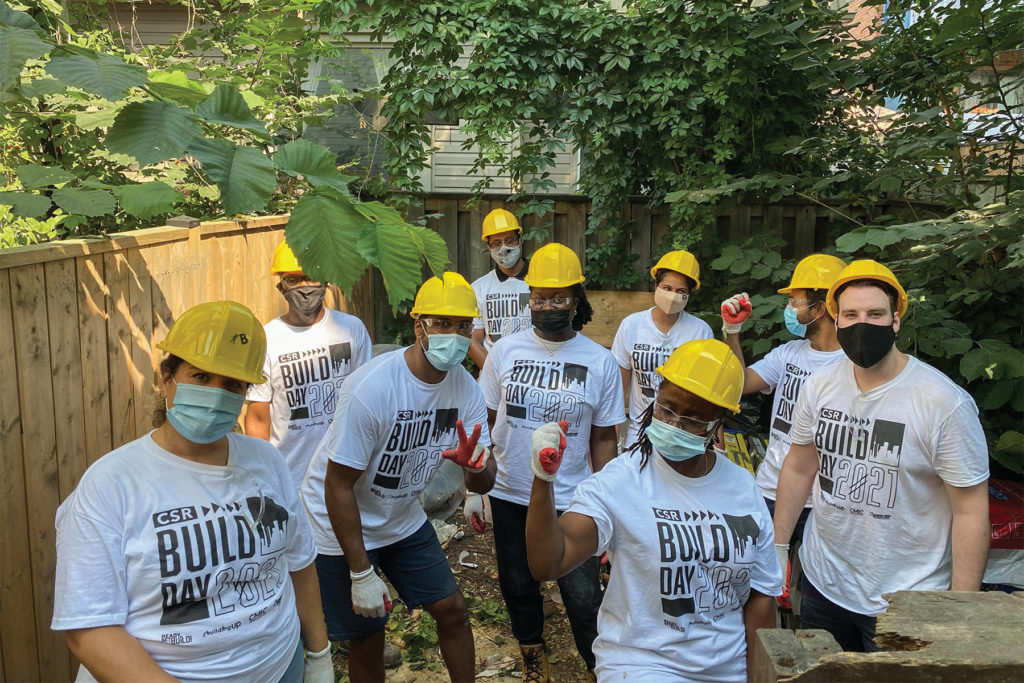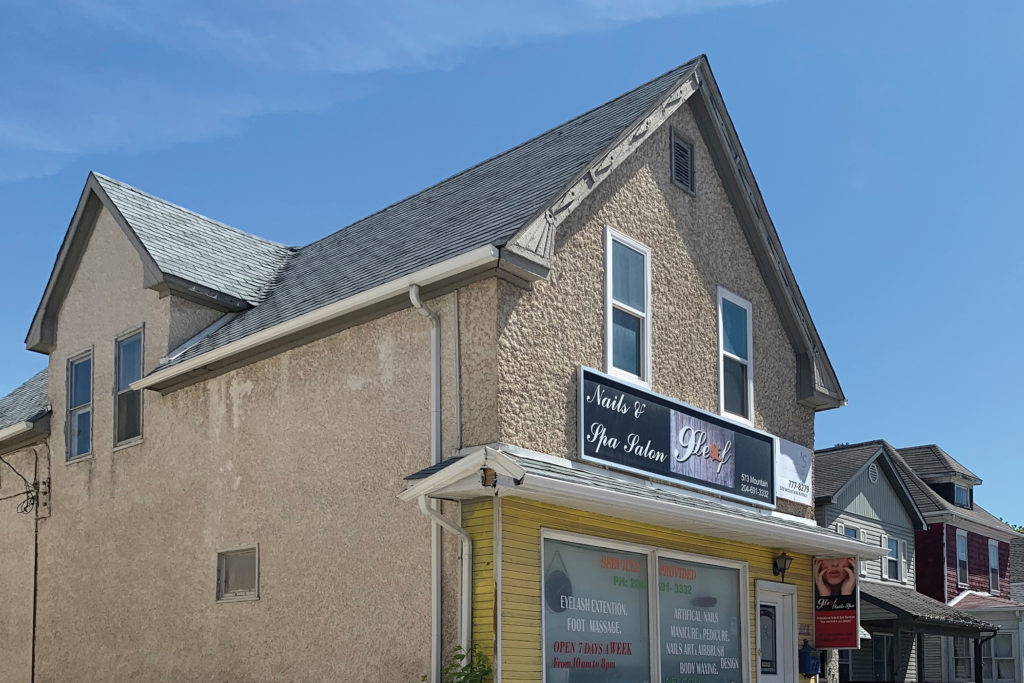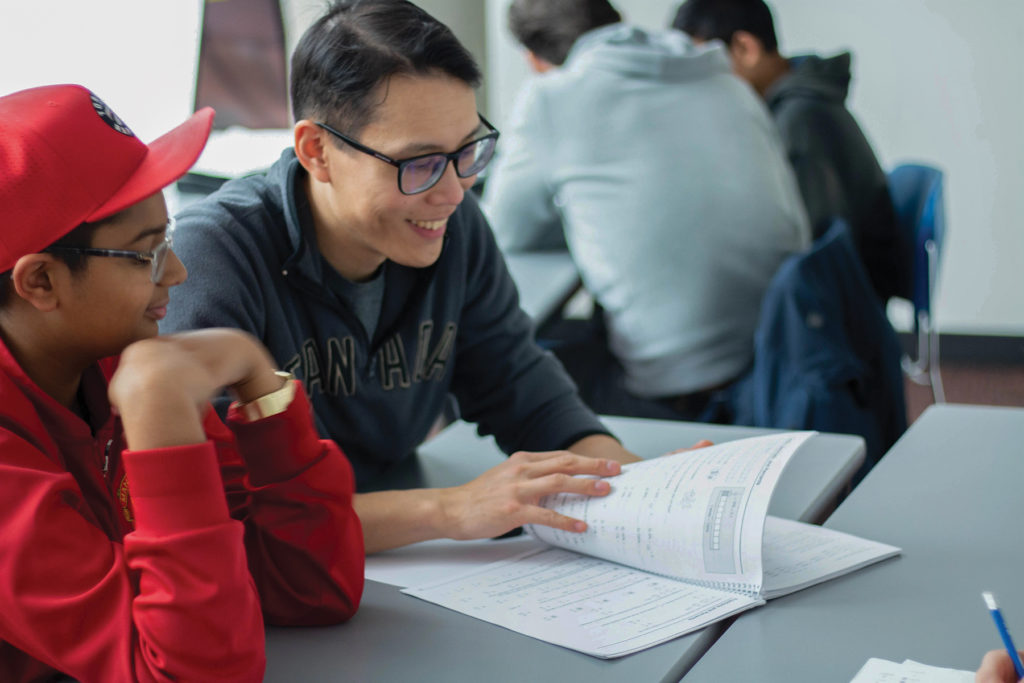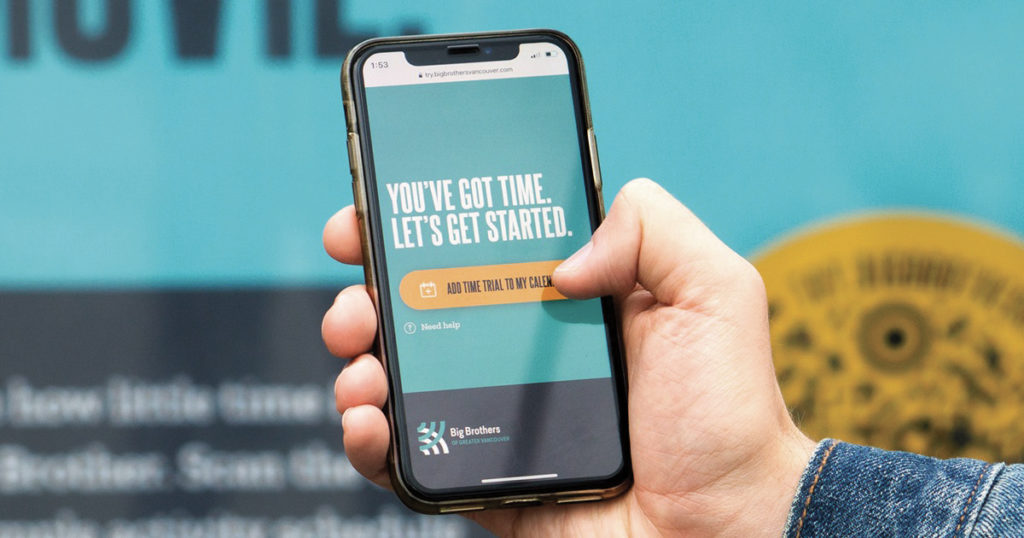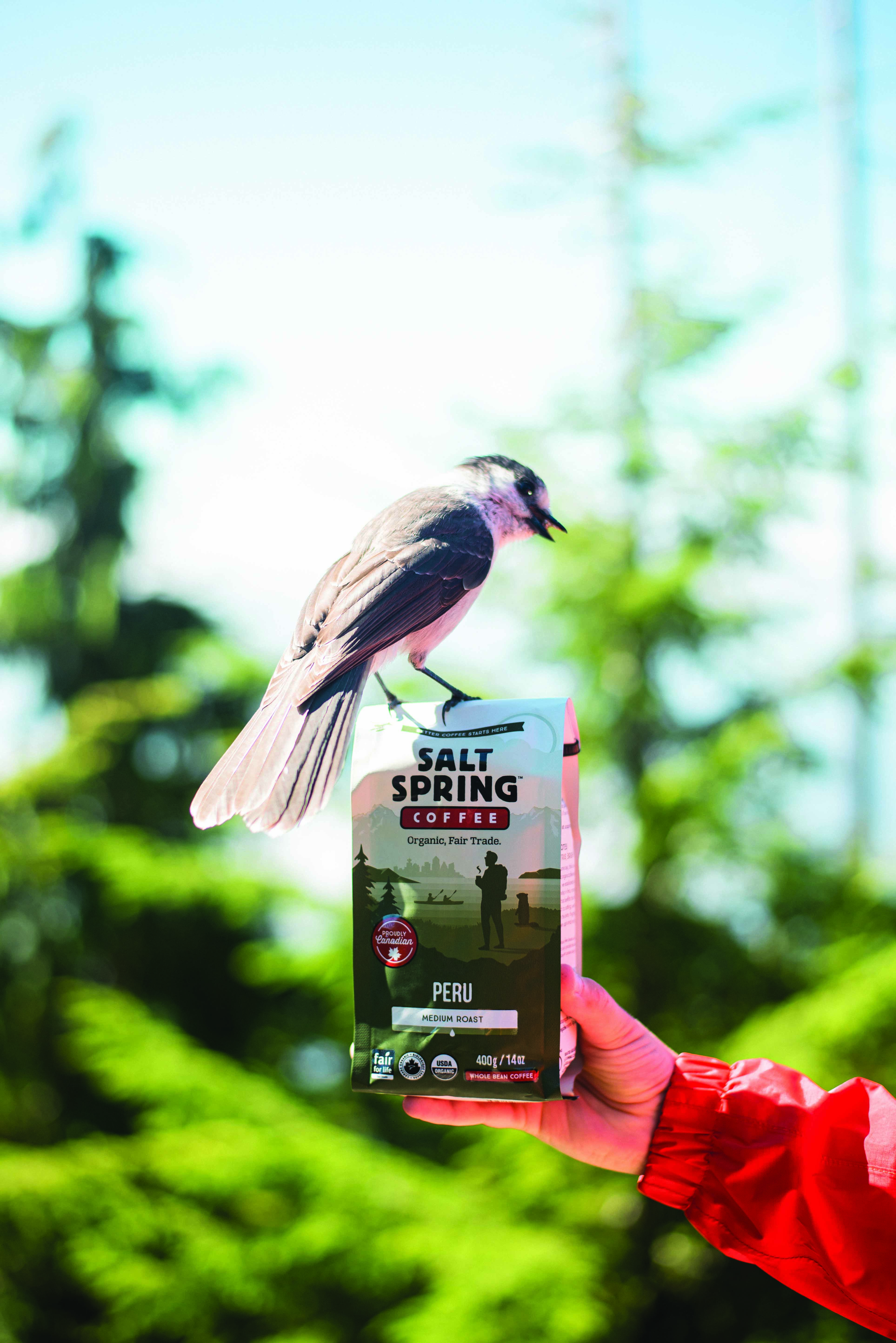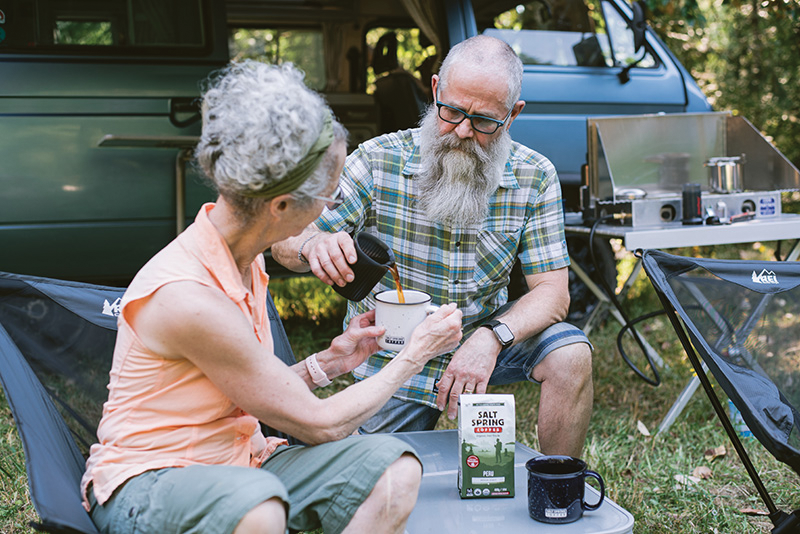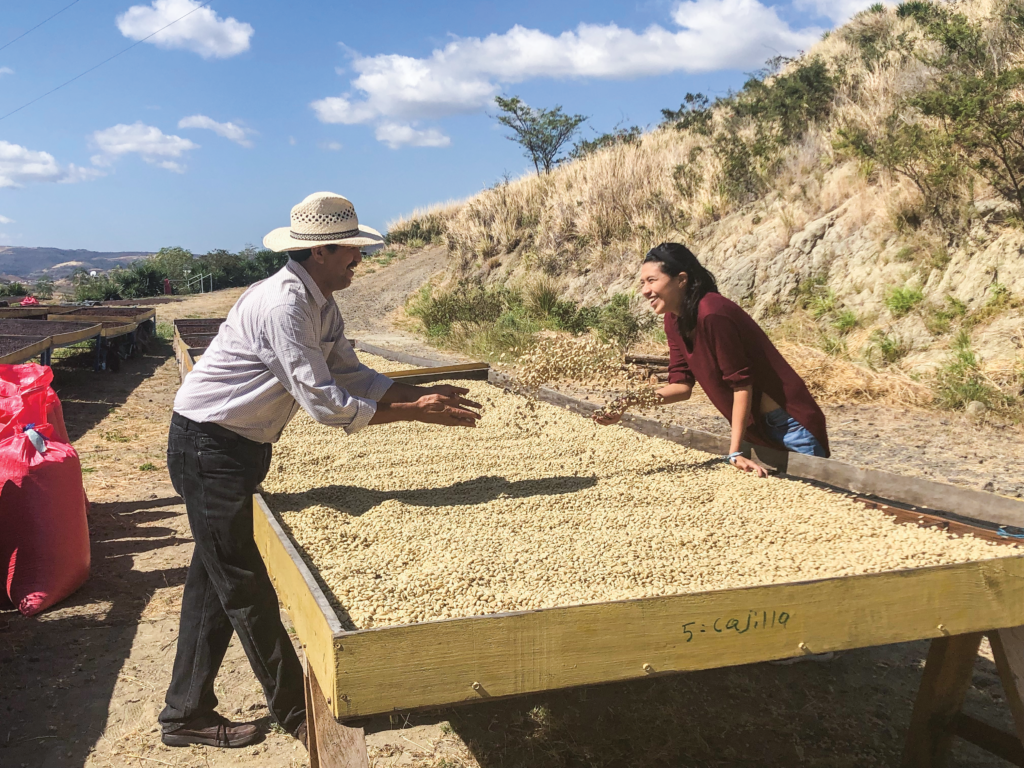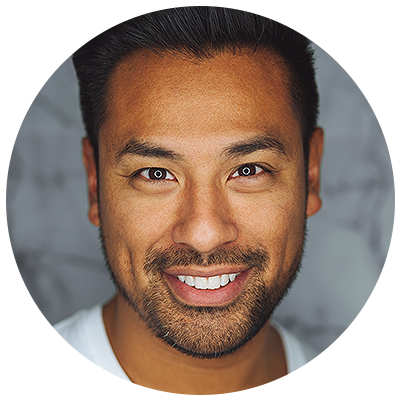Editor’s Note: As of May 31, 2023, Nada Grocery has permanently closed. Nada was able to divert over 1.5 million pieces of packaging from landfills and participated in numerous community events. Thank you for the work you’ve done to make the world better.
Sometimes, simple really is best, especially when it comes to food. Nada, a Vancouver-based grocery service, is working to bring fresh, healthy groceries to people and communities without adding anything extra, like packaging.
By embarking on this mission, Nada Grocery, a participant in a past Spring Activator program, is hoping to spark important conversations about our food system and its connection to the environment.
We spoke with Brianne Miller, Co-Founder & CEO, about how Nada is making the world better through their package-free, healthy alternative to traditional groceries.
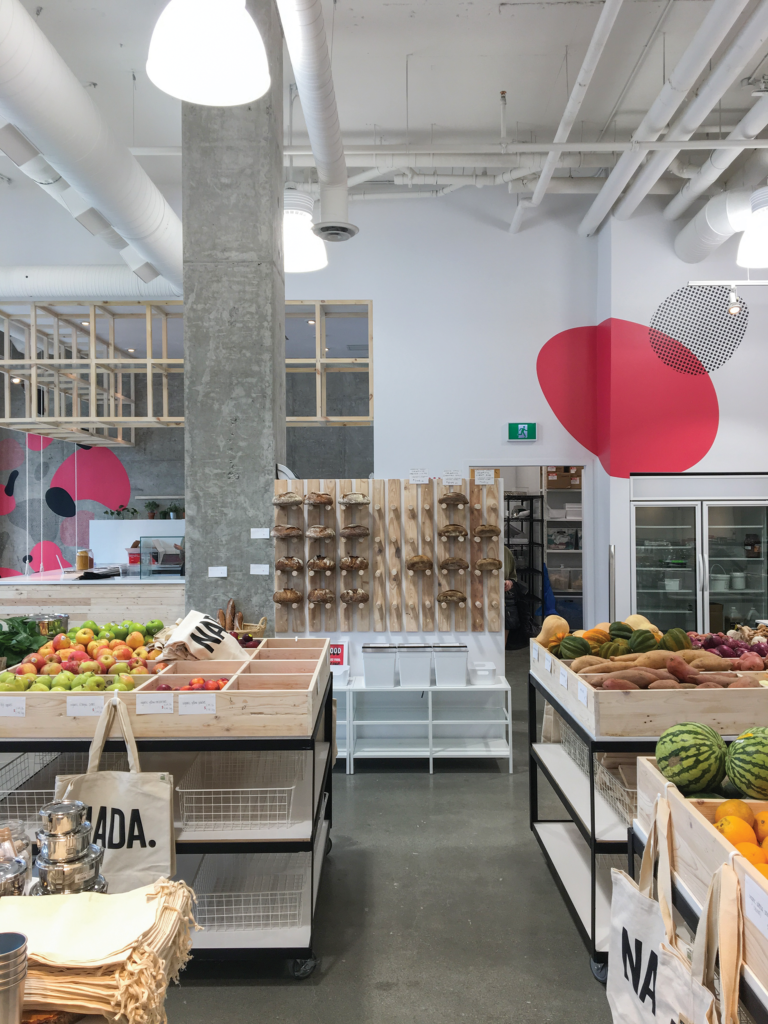
Tell us about Nada’s mission.
Nada is a package-free grocery delivery service on a mission to connect people to just food, championing a community food system by linking buyers to suppliers, and offering healthy, local, and unpackaged products and services. Our vision is that healthy people equals a healthy planet, where people link their food choices to the health of themselves and the environment.
We’re working hard to connect people to food in its simplest form in an attempt to spark conversations about our food system. By supporting Nada, you’re not only supporting local businesses, but also championing a community food system that links buyers to suppliers who offer healthy, unpackaged goods.
What inspired you to start Nada?
As a marine biologist, Nada’s CEO & Co-Founder, Brianne Miller, has witnessed first-hand the devastating impact of plastic on the environment. It’s estimated that 9.1 billion tons of plastic have been produced since 1950, and close to 5.5 billion tons are no longer in use and not recycled. After seeing one too many remote field sites littered in plastic debris, Brianne began to wonder why there wasn’t a better way to shop – a way without so much waste.
Brianne has always had a deep love of the oceans. The magic of diving with dolphins and scouring reefs for nudibranchs is something that she wanted to preserve for everyone. Brianne realized that the current grocery models were broken, and even the most ethical, local, and organic example was still caught in this cycle of waste. And so, she asked the simple question that would positively change things forever. What if food… was just food again? With a leap of faith, a few jars, and some dear friends, the Nada story began. The result? A new way to shop for groceries and a commitment to both healthy people and a healthy planet!
What were some of the challenges you encountered?
Last year, we transitioned from a self-serve retail grocery store to an online business. As an independent grocery store and essential service supporting hundreds of small local suppliers and farmers, and providing food to our neighbourhood when large grocery store shelves were empty, we’ve been able to continue serving our community through the pandemic.
There have been lots of challenges and regulations to navigate along the way as we strive to keep our customers, community, and team members safe. We have been able to grow our team and reach customers in new neighbourhoods and new cities through delivery, making local and package-free foods more accessible.
What do you consider Nada’s biggest success?
Nada is working to champion a community-focused food system by linking buyers to suppliers and offering healthy, local, and unpackaged products. A women-owned, empathy-led, and community-focused business that encounters many different broken systems contributing to an inequitable world, Nada is focusing all of its efforts on making a small but mighty impact for the betterment of our collective future by targeting three buckets: impact, community, and supply chain.
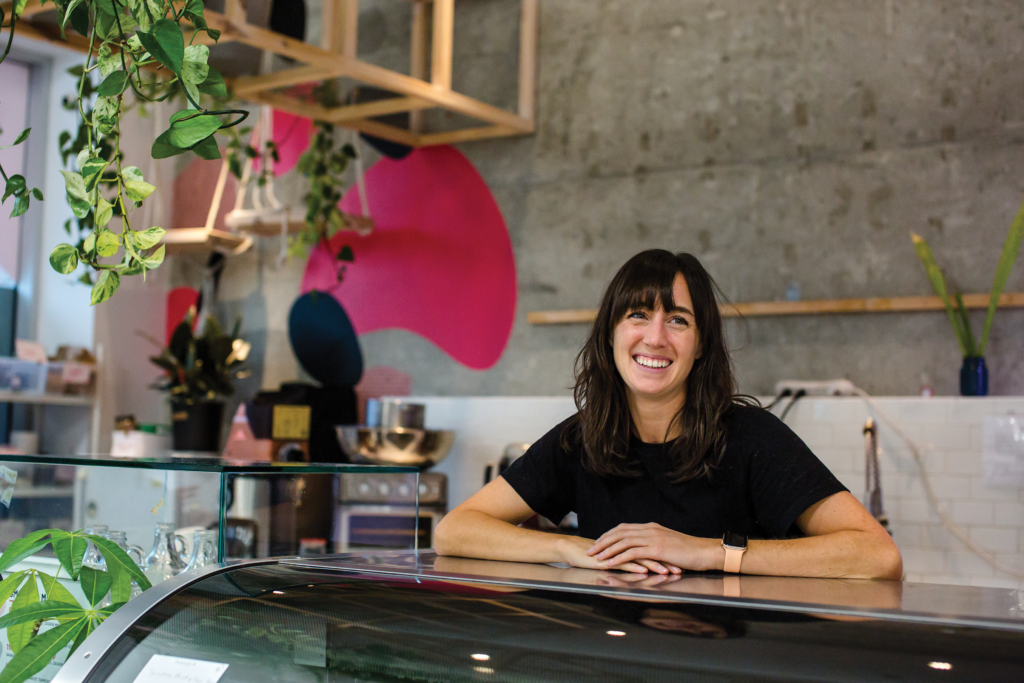
What makes your organization unique?
Nada offers a package-free alternative to the conventional grocery shopping experience. We remove the need for unnecessary packaging by offering high-quality groceries and goods in upcycled containers, compostable bags, and deposit jars. We offer carbon-neutral grocery delivery via our electric vehicles to cities across the Lower Mainland, including Vancouver, North Vancouver, West Vancouver, Port Coquitlam, Coquitlam, Port Moody, Richmond, Burnaby, Surrey, and Delta. Nada’s surplus food recovery program also completely offsets our direct carbon emissions. Check out our Nada’s Own products online to support this initiative!
Nada also facilitates monthly online events to both educate and build relationships with our community to encourage climate action and waste reduction. If you want to learn more about how to get involved in the package-free movement and our local food system, check out our newsletter!
How do you feel COG makes the world better?
Our goal is to be a part of the climate solution and foster a more just food system. We choose to work with fellow 1% for the Planet, Certified B Corporations, and carbon or climate neutral companies whenever possible – from our products to our office supplies, and everything in between!
We strive to foster long-term relationships with our suppliers as much as possible and love working with those who do the same. This builds stronger communities and more resilient food systems, while providing better working conditions and compensation for those at all levels of the supply chain, including growers, makers, and manufacturers.
Tell us about your organization’s goals.
With climate change looming as the global population continues to grow, and the demand for food continues to rise, it is crucial that we find ways to reduce the emissions associated with the food system. For most people, grocery stores are the vehicle that connects people to their food. Grocery stores thus play a crucial role in transforming the food system and have a unique opportunity to better connect people to have their food and help them make more sustainable food choices.

Are there any upcoming initiatives or projects you’d like to share?
Here at Nada, we accept the donation of upcycled containers and jars to support our zero waste initiative. Each donation that we receive means that one less container has ended up in our landfills. The participation of our community in this program helps us continue to reduce waste and promote a more circular economy. Since the beginning of this program, we’ve been able to successfully divert over 1,062,177 containers from the landfill!
What do you most want people to know about Nada?
When we say community is at the heart of all that we do, we really do mean that. From the products on our shelves to the brands we choose to work with, to the partnerships that we bring inside of our store, there are so many hands involved and good work being done. Without the collective power of those who are working on improving their small piece of the food system and adapting operations with the planet in mind, we hold each other up and support each other in this rebuilding process.

How can people help or contribute to Nada’s mission?
Nada is 100% committed to improving our local food system. For every purchase you make, 1% of all topline revenues are donated to grassroots environmental organizations that are supporting a more sustainable food system and standing up for our coast. For the first quarter of 2022, a portion of every purchase of Nada’s package-free groceries will be going directly towards Protect Our Winters Canada.
This story was featured in the Make The World Better magazine:
Dive into another inspiring story:
- Bluebird Grain Farms: Cultivating for the Next Generation
- Canadian Organic Growers: Advocating for an Organic Future
- Cascadia Seaweed: Making a Splash to Make the World Better
- Ecosystem Services Market Consortium: Improving Soil Health
- EMKAO Foods: Transforming the Economy with Every Cocoa Bean
- Moment Energy: Harnessing the Power of Clean Energy Storage
- ReFeed Canada: Securing Sustainable Food Systems
- Solaires: Illuminating Good with Affordable Solar Solutions
